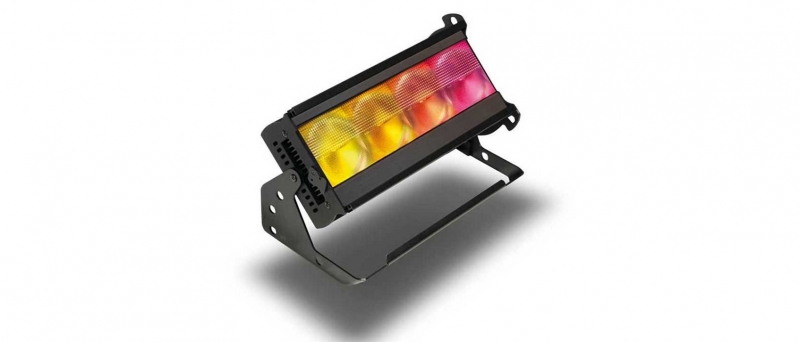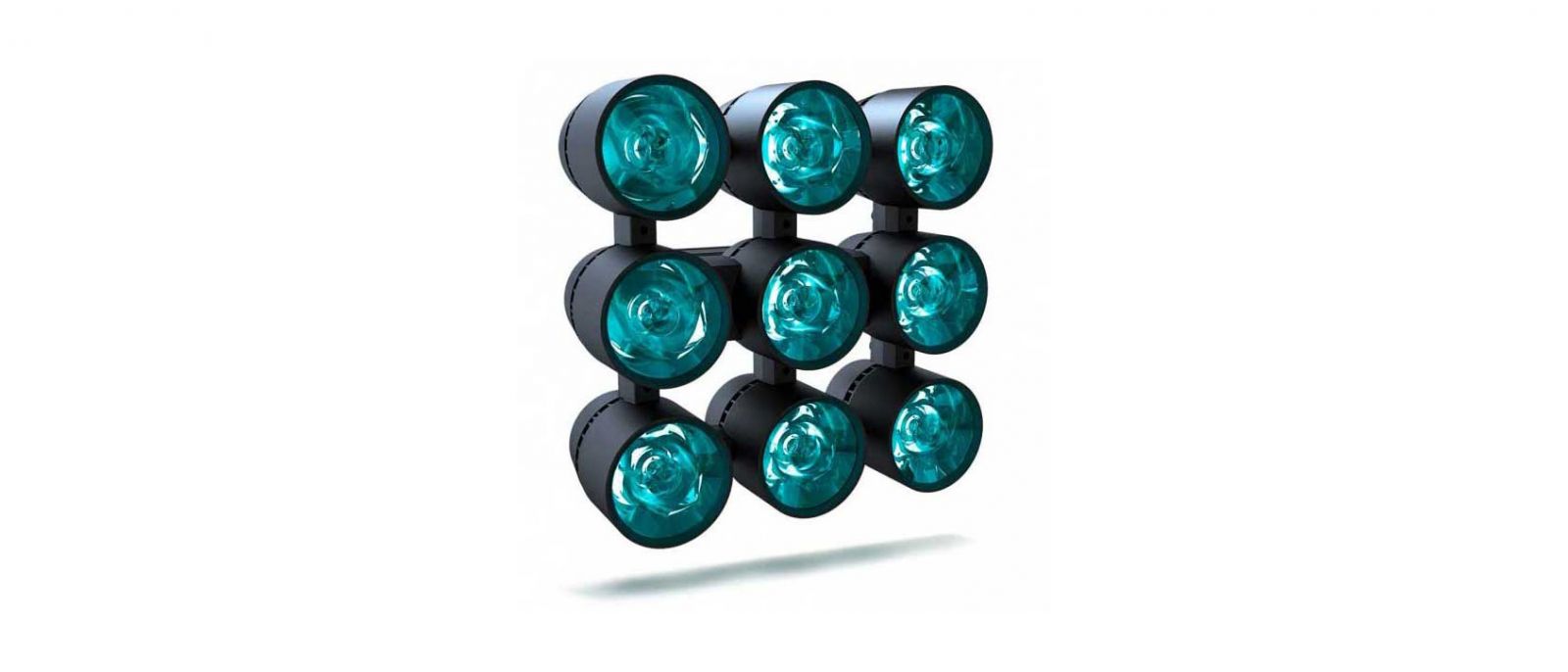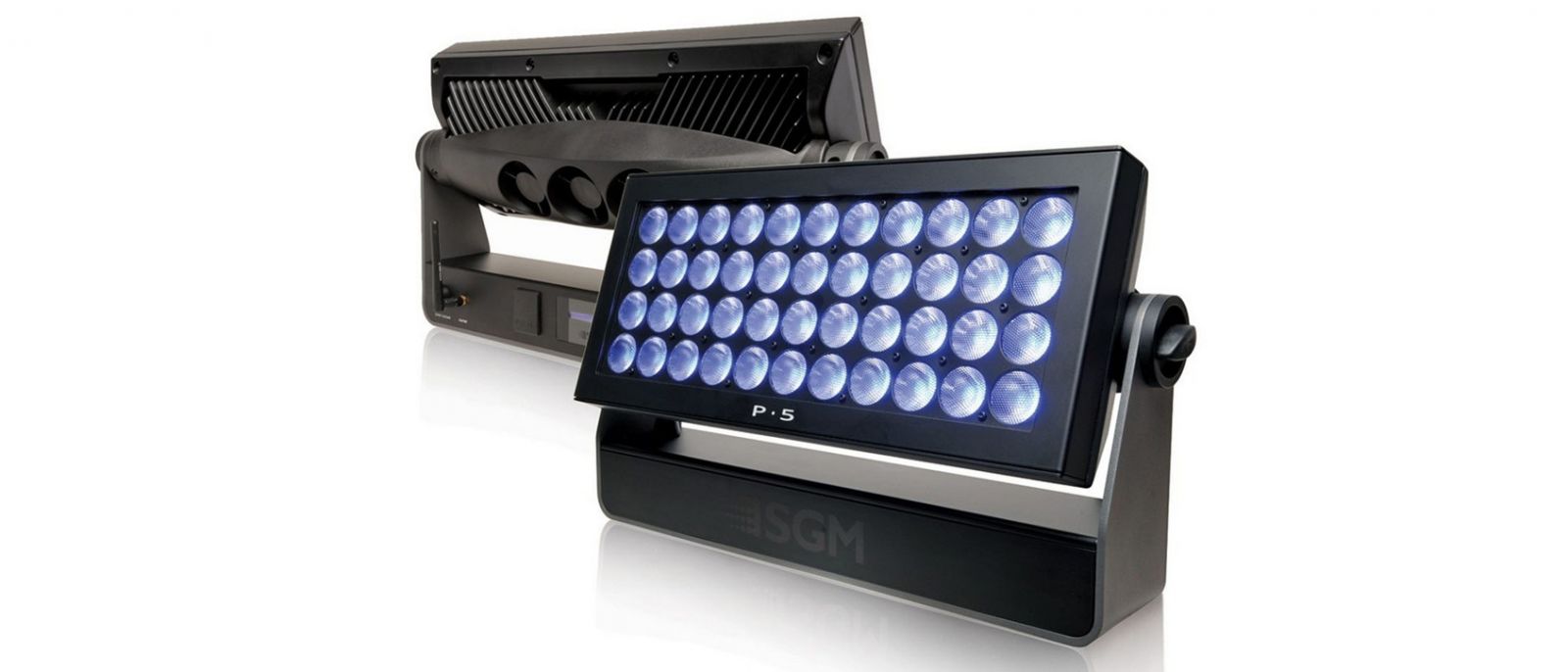Types of stage lights
24 July 2023

|
types of stage lights Welcome to the dazzling world of stage lights! Whether you're a seasoned performer or a curious spectator, understanding the different types of stage lights is essential to creating a captivating and immersive experience. From the bright wash of floodlights to the dramatic beams of spotlights, each type of stage light serves a unique purpose in enhancing the visual appeal of a performance. In this comprehensive guide, we will explore the various types of stage lights and their functionalities, shedding light on how they contribute to the overall ambiance and atmosphere of a stage production. So, whether you're looking to set the perfect mood for a theatrical performance, enhance the energy of a live concert, or simply bring your event to life, get ready to embark on a journey that will illuminate your understanding of stage lights like never before. Let's dive into the world of stage lighting and discover the magic that happens behind the scenes! Importance of stage lighting in performances Stage lighting is often overlooked, but it plays a crucial role in creating the right atmosphere and setting the mood for any performance. Lighting can enhance the visual appeal of a stage production, draw the audience's attention to specific areas on stage, and even evoke emotions. It has the power to transform an ordinary stage into an enchanting world, bringing the performance to life. Without proper lighting, even the most talented performers may struggle to captivate the audience. The importance of stage lighting goes beyond aesthetics. It helps create depth and dimension on stage, allowing performers to stand out and be seen clearly. Lighting can also be used to convey time and place, transporting the audience to different settings with just a flick of a switch. Whether it's a brightly lit stage for a lively musical number or a dimly lit stage for an intense dramatic scene, stage lighting has the ability to enhance the overall impact of a performance. Not only does stage lighting serve the performers and the audience, but it also aids in the technical aspects of a production. Lighting can be used to highlight set pieces, props, and costumes, adding an extra layer of detail and visual interest to the performance. It helps create a cohesive and immersive experience for the audience, making them feel like they are part of the action happening on stage. In short, stage lighting is an essential element of any performance, capable of elevating it to new heights. Types of stage lights - spotlights, floodlights, and wash lights There are several types of stage lights, each with its own unique characteristics and functionalities. In this section, we will explore three of the most common types: spotlights, floodlights, and wash lights. Spotlights - characteristics and usage Spotlights are perhaps the most recognizable type of stage light. As the name suggests, they produce a focused beam of light that can be directed to illuminate a specific area or performer on stage. Spotlights are versatile and can be used for a variety of purposes, such as highlighting a solo performer, creating dramatic effects, or drawing attention to a particular prop or set piece. One of the key characteristics of spotlights is their ability to produce a narrow beam of light with a well-defined edge. This allows for precise control over the areas illuminated on stage. Spotlights can also be equipped with various accessories, such as color filters or gobos (stencils), to create different effects and patterns. They can be used to create sharp shadows, add depth to the stage, or even project images onto surfaces. Spotlights are commonly found in theaters, concerts, and other live performances where the focus is on individual performers or objects. They are an essential tool for highlighting the main action on stage and guiding the audience's attention to the desired focal points. |
 |
|
Floodlights - characteristics and usage Unlike spotlights, which produce a narrow beam of light, floodlights disperse light over a wide area. They are designed to provide a broad and even wash of light, covering a larger portion of the stage. Floodlights are often used to illuminate the entire stage or specific sections, creating a general ambient light that sets the overall mood and atmosphere of the performance. One of the key characteristics of floodlights is their ability to produce a wide beam of light with a soft edge. This results in a smooth and uniform wash of light, which is ideal for lighting up large areas without creating harsh shadows or hotspots. Floodlights can be adjusted to control the intensity and spread of light, allowing for flexibility in creating different lighting effects. Floodlights are commonly used in stage productions where a broad and even illumination is required. They are particularly useful for establishing the overall lighting design, creating a sense of space and depth, and setting the tone for different scenes or acts. Floodlights can also be used in conjunction with spotlights to provide a balanced lighting scheme that highlights both individual performers and the stage as a whole. Wash lights - characteristics and usage Wash lights, also known as wash fixtures, are similar to floodlights in that they provide a broad and even wash of light. However, wash lights offer more versatility and control over the lighting effects. They are designed to produce a soft and diffused light that can be adjusted to cover a specific area or the entire stage. One of the key characteristics of wash lights is their ability to produce a wide and uniform beam of light with a smooth edge. This allows for seamless blending of colors and the creation of beautiful lighting effects. Wash lights can be equipped with color filters or color-mixing capabilities, enabling the lighting designer to create a wide range of colors and moods on stage. Wash lights are commonly used in stage productions where dynamic and vibrant lighting effects are desired. They can be used to create a wash of color over the entire stage, wash specific areas with different colors, or even create moving and changing patterns of light. Wash lights are particularly popular in concerts, dance performances, and other events where a visually stunning lighting design is essential. |
 |
|
Choosing the right stage lights for your performance Now that we've explored the different types of stage lights and their characteristics, how do you choose the right lights for your performance? The answer depends on several factors, including the type of performance, the desired lighting effects, and the available budget. First, consider the type of performance you are staging. Is it a theatrical production, a concert, a dance performance, or something else entirely? Different types of performances require different lighting approaches. For example, a theatrical production may require a combination of spotlights, floodlights, and wash lights to create a dynamic and immersive lighting design. On the other hand, a concert may focus more on powerful and colorful wash lights to enhance the energy of the performance. Next, think about the specific lighting effects you want to achieve. Do you need to highlight individual performers or objects on stage? Are you looking to create a specific mood or atmosphere? Understanding the desired lighting effects will help you determine the types and quantities of lights you need. Consider consulting with a professional lighting designer who can provide valuable insights and recommendations based on their expertise. Finally, take your budget into account. Stage lighting can range from simple and affordable setups to complex and expensive systems. Be realistic about what you can afford and prioritize your lighting needs accordingly. Remember, even with a limited budget, it is still possible to create an effective and visually appealing lighting design by focusing on key areas and using lighting techniques creatively. Ultimately, choosing the right stage lights for your performance requires careful consideration of the type of performance, desired lighting effects, and available budget. By understanding the different types of stage lights and their functionalities, you can make informed decisions that will enhance the overall visual impact of your performance. Basic lighting techniques for stage productions While understanding the different types of stage lights is essential, knowing how to use them effectively is equally important. Lighting techniques can greatly enhance the visual appeal of a stage production and help create a seamless and immersive experience for the audience. In this section, we will explore some basic lighting techniques commonly used in stage productions. First, let's discuss the concept of key lighting. Key lighting refers to the main source of light that illuminates the primary subject or area on stage. It is typically achieved using spotlights or other focused lights. The key light helps create a sense of depth and dimension by casting shadows and highlighting the contours of the subject. It is often positioned at an angle to create interesting and dramatic lighting effects. Next, let's explore the concept of fill lighting. Fill lighting is used to fill in the shadows created by the key light and provide a more balanced and even illumination. It helps reduce the contrast between light and shadow, creating a softer and more natural look. Fill lights are usually placed opposite the key light to provide a subtle and diffused light that fills in the darker areas. Another important lighting technique is backlighting. Backlighting refers to placing lights behind the subject or area on stage, facing towards the audience. It helps separate the subject from the background and creates a halo-like effect around the edges. Backlighting adds depth and dimension to the stage, making the performers stand out and adding a touch of drama to the overall visual composition. In addition to these basic lighting techniques, there are many other techniques and effects that can be used to enhance the visual appeal of a stage production. These include color mixing, gobos (stencils), moving lights, and special effects. The key is to experiment and explore different lighting techniques to find the ones that best suit your performance and desired visual aesthetics. By mastering these basic lighting techniques and incorporating them into your stage production, you can elevate the visual impact of your performance and create a truly memorable experience for the audience. Stage lighting is an essential element of any performance, capable of transforming an ordinary stage into a mesmerizing world of lights and shadows. Understanding the different types of stage lights and their functionalities is crucial in creating the right atmosphere and mood for a performance. From spotlights that highlight individual performers, to floodlights that illuminate the entire stage, to wash lights that create dynamic and vibrant lighting effects, each type of stage light serves a unique purpose in enhancing the visual appeal of a production. When choosing stage lights for your performance, consider the type of performance, desired lighting effects, and available budget. Consult with a professional lighting designer if needed to ensure you make informed decisions that will enhance the overall visual impact of your performance. Finally, remember that mastering basic lighting techniques and incorporating them into your stage production can greatly enhance the visual appeal and create a seamless and immersive experience for the audience. Experiment with different lighting techniques, explore creative possibilities, and let your imagination shine on stage. With the right combination of stage lights and lighting techniques, you can create a truly captivating and unforgettable performance that will leave a lasting impression on the audience. So, go ahead and shine a light on stage, and let the magic unfold! |
 |
